Nature reports
Publisher: NIOZ Royal Netherlands Institute for Sea Research
Page 1 of 7 - 66 Results
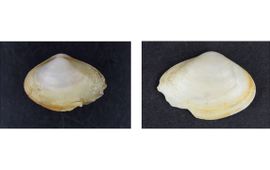
The Asian clam has found its way to the Dutch Wadden Sea. This is shown by field researchers from the Netherlands Institute for Sea Research (NIOZ). On other locations, the Asian clam has shown to be potentially highly invasive in..
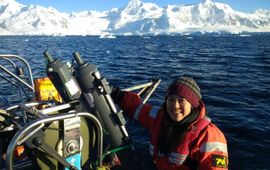
Bacteria and other single-celled microorganisms in the seas around Antarctica are strongly influenced by water temperature and the amount of sea ice. This is shown by coordinated measurements taken off the coast of the west..

With a recent publication in the journal Scientific Data, NIOZ researchers have made the data from the SIBES research programme from 2008 to 2021 available to the community. In SIBES, all tidal flats in the Dutch Wadden Sea are..

The Dutch contributing partners of the international MiningImpact3 consortium have been awarded 1.4 million euros. The money will be used to study the long-term ecological impacts of deep-sea mining, as well as the legal and..
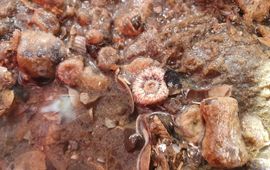
New results from the Wadden Mosaic research programme show that only ten percent of the underwater nature in the Wadden Sea is effectively protected. Moreover, protective measures such as the designation of protected areas, still..
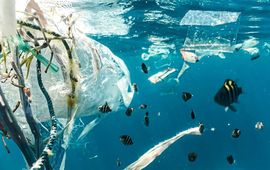
A fungus living in the sea can break down the plastic polyethylene, provided it has first been exposed to UV radiation from sunlight. Researchers from, among others, NIOZ published their results in the scientific journal Science..
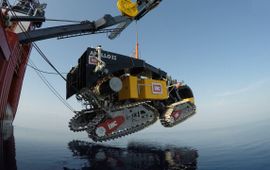
'Dust clouds' at the bottom of the deep sea, that will be created by deep-sea mining activities, descend at a short distance for the biggest part. That is shown by PhD research of NIOZ marine geologist Sabine Haalboom, on the..
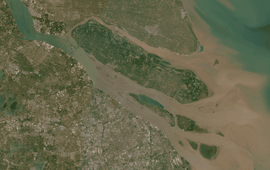
To preserve the important intertidal areas and salt marshes off our coasts for the future, we need more turbid water. That is one of the striking conclusions from a new study conducted by a Dutch-Chinese team of researchers and..
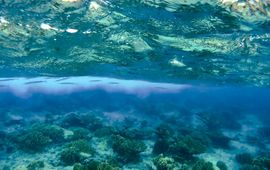
Fish and invertebrate animals are far more affected by warmer and more acidic seawater than previously known. This is the conclusion of a study co-led by NIOZ marine biologist Katharina Alter, based on a new analysis method and..
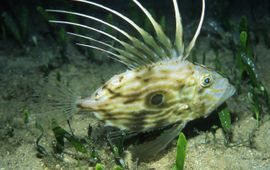
Over the past forty years, the Atlantic Ocean has experienced a tropicalization, with an increase of warmer-water species. The Mediterranean and the Baltic Sea, where warming has been more rapid, have seen a marked decline in..
